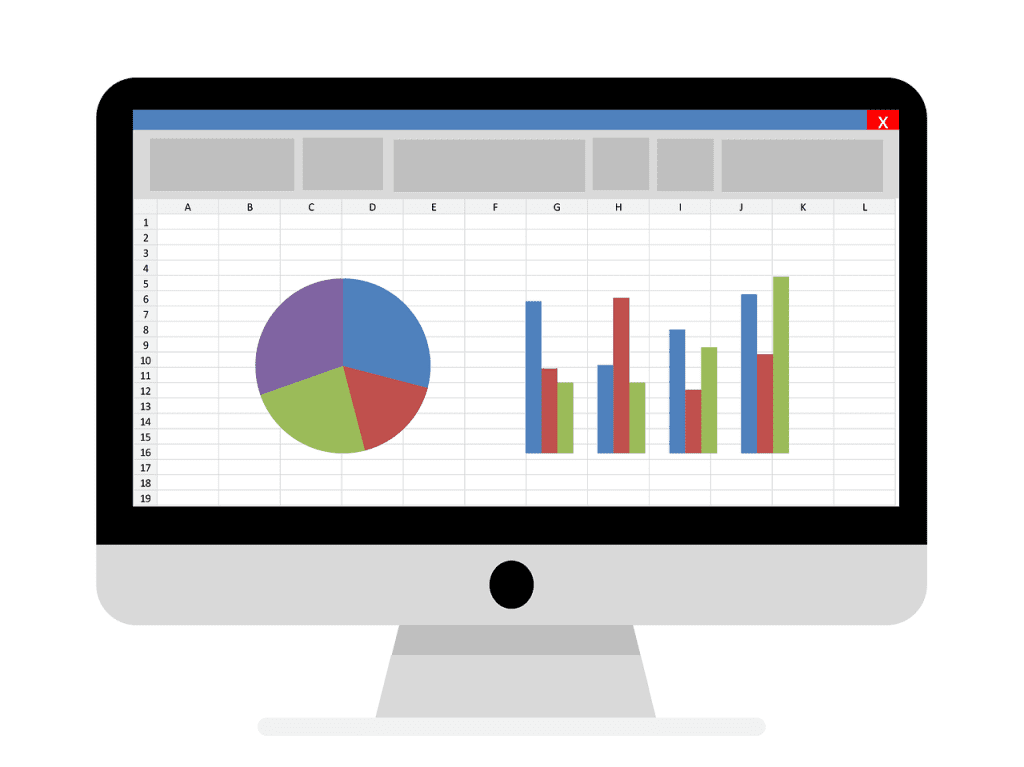If you are a CFO, you’re no stranger to the difficulty of integrating data from different systems. It’s the kind of challenge that can transform a regular workday into a marathon of data reconciliation and validation.
Today, I’ll take you on a journey through one such day in the life of FP&A, highlighting the perils and promises that lie within our field.
The Hurdle
On the agenda for the day were five key reports, each one presenting a unique test of our financial prowess and testing the limits of data interoperability:
- Sales Report: A straightforward, but massive, set of data from our CRM. Navigating through this required adeptness at handling high-volume transactional data.
- Marketing Analysis: Replete with campaign metrics, customer engagement stats, and ROI measures, it painted a non-standardized, multi-dimensional picture that needed careful unraveling.
- Procurement Analysis: This involved a deep dive into our ERP system to reconcile purchase orders, invoices, and supplier contracts. These variables often varied, presenting a significant challenge.
- Manufacturing Cost Breakdown: An intricate labyrinth of cost structures and coding schemes, stored in our bespoke Manufacturing Execution System (MES). Decoding this required both knowledge of cost accounting and data interpretation skills.
- HR Metrics: Lastly, a medley of structured and unstructured HR data. From payroll data to employee feedback, the HRIS system presented an amalgamation of quantitative and qualitative information.
These systems, while rich in information, were siloed, each with its unique data structures and terminologies. As any CFO can attest, the difficulty in integrating data from different systems can turn a day’s work into a drawn-out struggle. But manually bridging the gap wasn’t an option; the volume and complexity of data were simply too overwhelming.
Enter our AI solution, promising to turn this uphill climb into a manageable trek. With its advanced data integration capabilities, it was primed to take on this challenge, promising a new era of efficiency and precision in FP&A.
Deploying the AI Solution
Enter our AI-based solution – an advanced analytics engine built to transform the complexity of FP&A into a streamlined process. This innovative tool, let’s call it ‘AI Navigator’, was equipped to grapple with the daunting challenge at hand. With promises of:
- Advanced Data Integration: Capable of synthesizing data from disparate systems, irrespective of format or complexity.
- Deep Dive Analytics: Providing granular insights to facilitate strategic decision-making.
- Automated Report Generation: Reducing manual input and increasing efficiency and accuracy.
The AI Navigator was set to become a game-changer in our financial planning process.
With a healthy dose of anticipation and a side of natural skepticism, we fed the AI Navigator our disparate data sources. The objective was clear – to extract, transform, and load the disparate data into a unified, comprehensible dataset. With the scale of data complexity we were dealing with, this was no small feat.
The goal was to leverage this innovative tool to overcome the difficulty in integrating data from different systems, thus crafting a cohesive narrative from the streams of disparate figures. As CFOs, our main interest was to see if this AI solution could indeed streamline our reporting and analytics processes, providing more time for strategic initiatives.
Evaluating the AI Solution’s Performance
The AI Navigator’s trial began with sales data integration. The tool’s capacity to handle high-volume transactional data was put to the test, and it rose to the occasion commendably, successfully parsing, integrating, and analyzing the data.
Next up was marketing data – a notoriously unpredictable dataset owing to its diverse set of non-standardized metrics. Yet, the AI Navigator traversed this terrain with relative ease, managing to consolidate and interpret the intricate data into actionable insights.
The challenge intensified when we fed it the complex manufacturing cost data. The system had to tackle an array of cost structures and coding schemes. However, the AI Navigator proved its mettle by not only decoding this labyrinth but also deriving clear, actionable insights within a few hours. The result was a comprehensive manufacturing cost breakdown, ready for further strategic analysis.
The last and perhaps most daunting task was handling HR data. Comprising both structured and unstructured inputs, including qualitative feedback and traditional numerical data, the HR data presented a complex challenge. Many AI solutions stumble at this hurdle, struggling to effectively interpret the varied and complex nature of HR information.
This was the moment of truth – would the AI Navigator pass this final test or stumble like many of its predecessors?
Our AI Navigator, however, was designed to handle such complexities. Unlike traditional tools, it was equipped with advanced Natural Language Processing (NLP) capabilities. It allows to interpret and analyze qualitative data effectively.
Approaching the HR data with precision and sophistication, the AI Navigator parsed through the myriad of inputs. It didn’t just scan and quantify the information; it deeply analyzed each byte, understanding context and sentiment, a unique capability that sets it apart from many other solutions.
In no time, the AI Navigator had distilled the vast, nebulous HR dataset into tangible insights. The data, once a complex blend of varied inputs, was now neatly categorized into discernible trends, meaningful correlations, and, most importantly, strategic financial implications. The transformation was not only impressive but it also reflected the robust capabilities of this AI solution.
The AI Navigator passed its test with flying colors, proving that despite the inherent difficulty in integrating data from different systems, advanced AI tools are capable of turning these challenges into opportunities. As CFOs, it was a significant step forward, providing us with a more nuanced and comprehensive view of our financial landscape.
The Victory Lap of AI
With all five reports completed in less than a day, it was clear that the AI Navigator had effectively overcome the difficulty in integrating data from different systems. This AI solution had not just navigated but also conquered the labyrinth of multiple data sources, delivering unprecedented clarity, insight, and strategic intelligence.
Through its advanced capabilities, the AI Navigator had managed to harmonize disparate, often incompatible data systems. It had turned what was once a cacophony of diverse data languages into an insightful, strategic symphony. This AI tool demonstrated the power of modern technology in overcoming traditional FP&A challenges.
In conclusion, remember that even when faced with the seemingly insurmountable challenge of integrating data from various systems, there are innovative solutions available. Tools like the AI Navigator are transforming the landscape of FP&A, enabling us to focus more on strategic decision-making and less on data wrangling.
FP&A is undoubtedly a demanding field, with a complex landscape that requires the deft navigation of numerous challenges. However, as this tale illustrates, with the right tools, it can also be a journey of discovery, innovation, and triumph.



